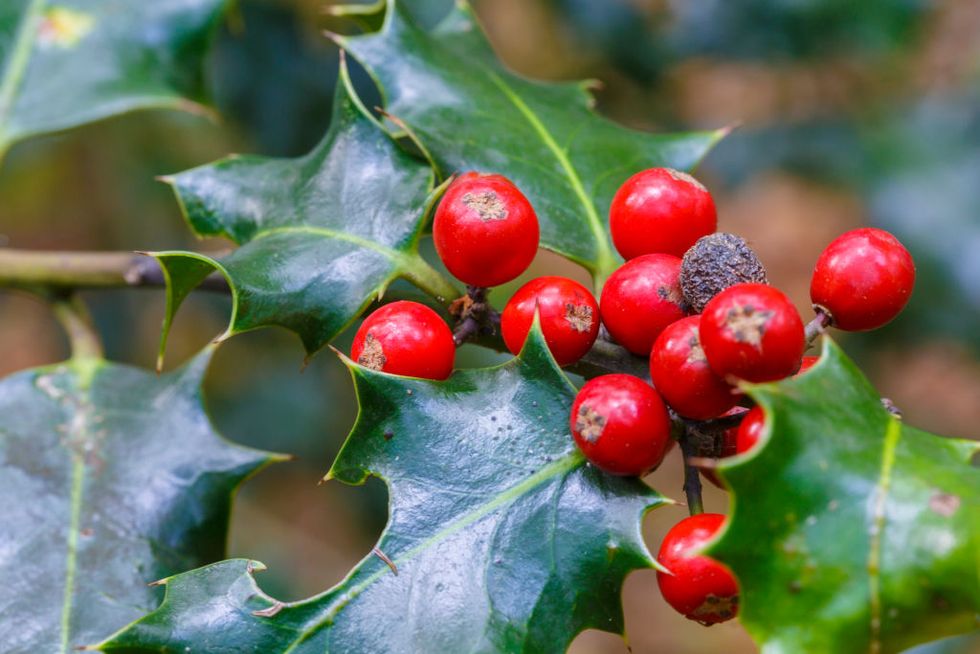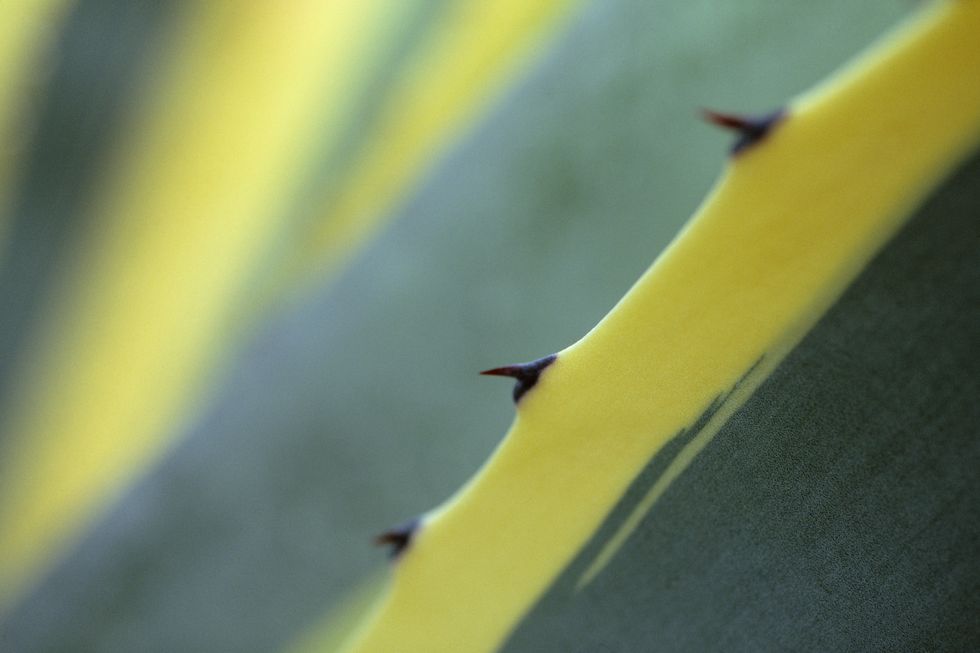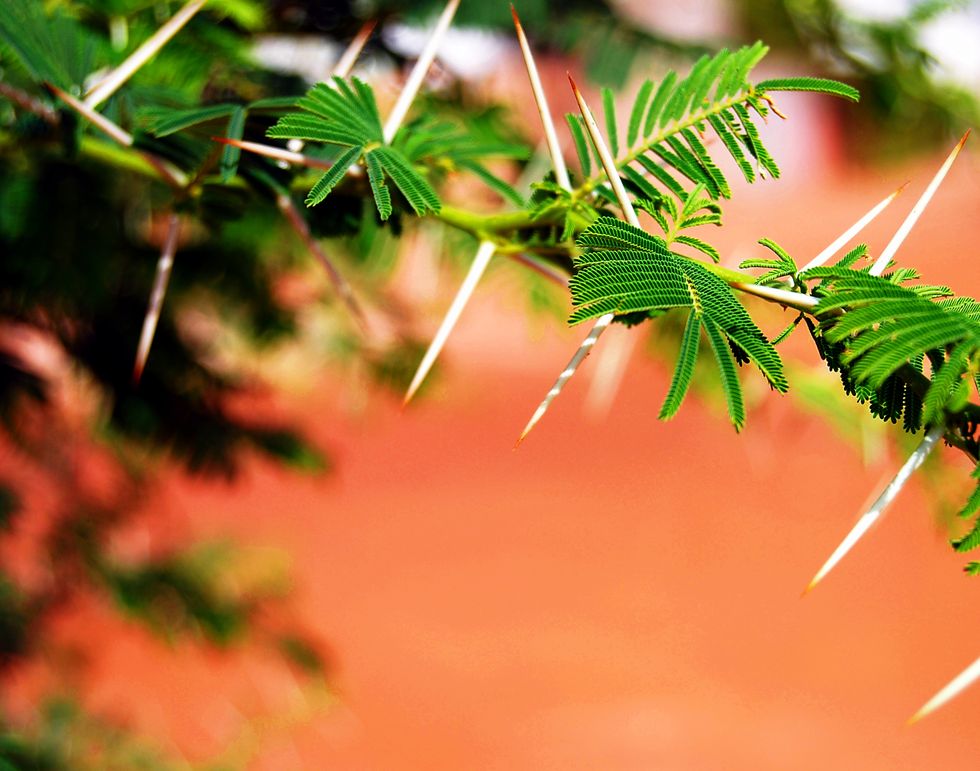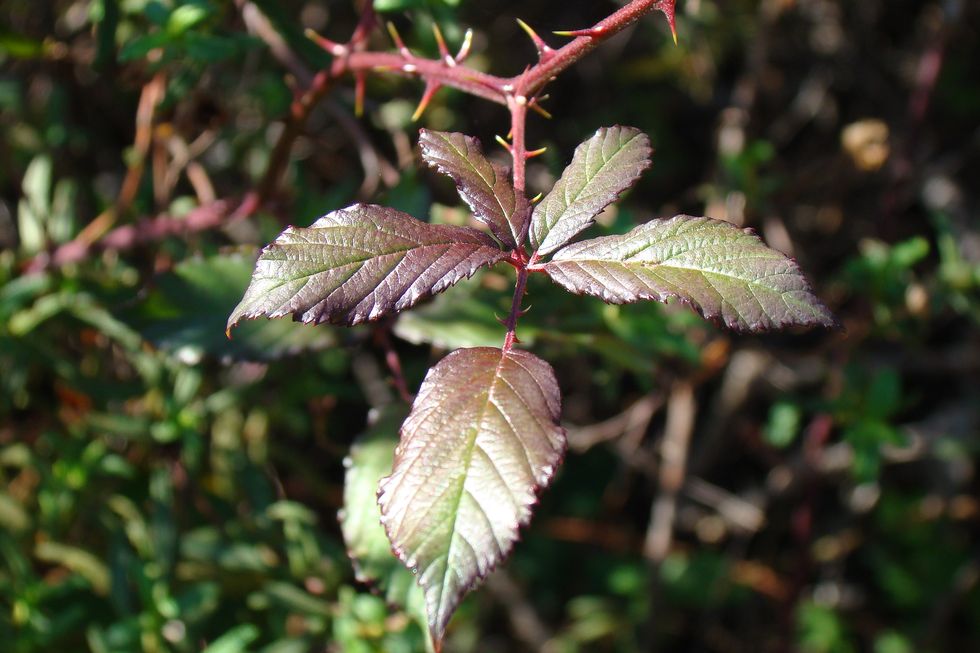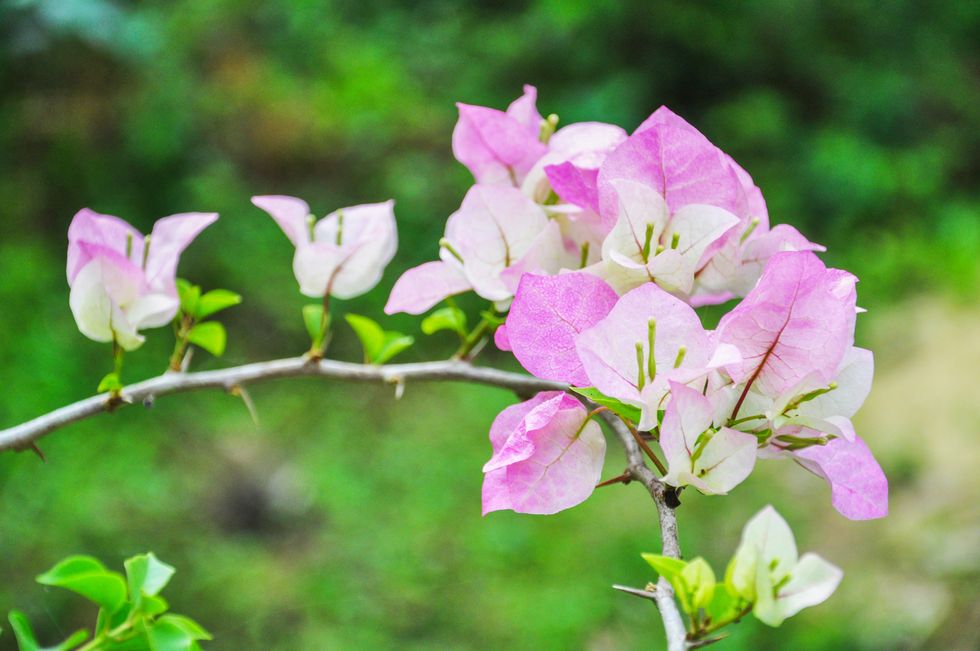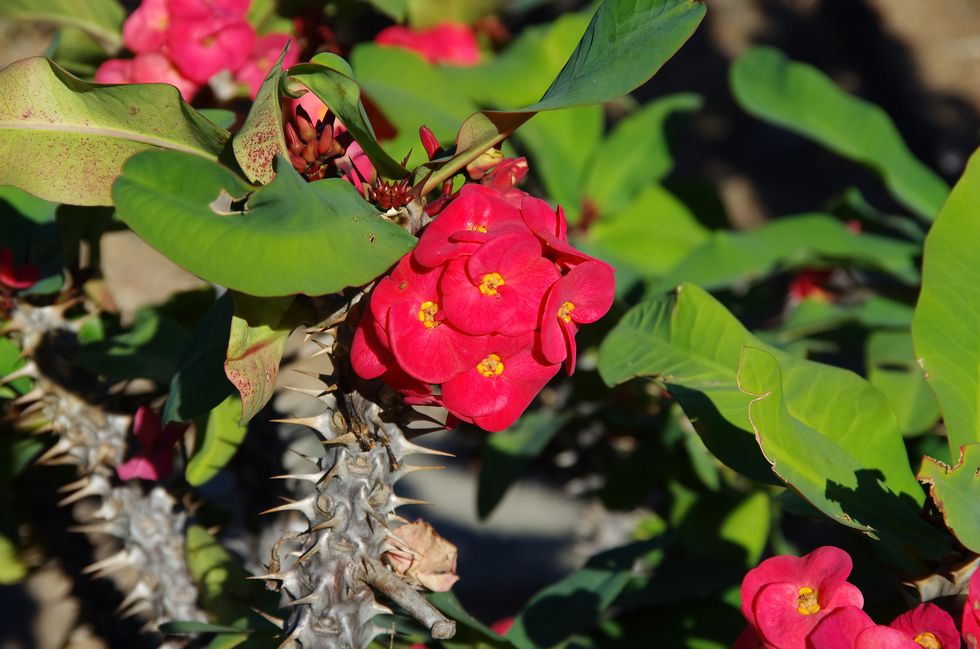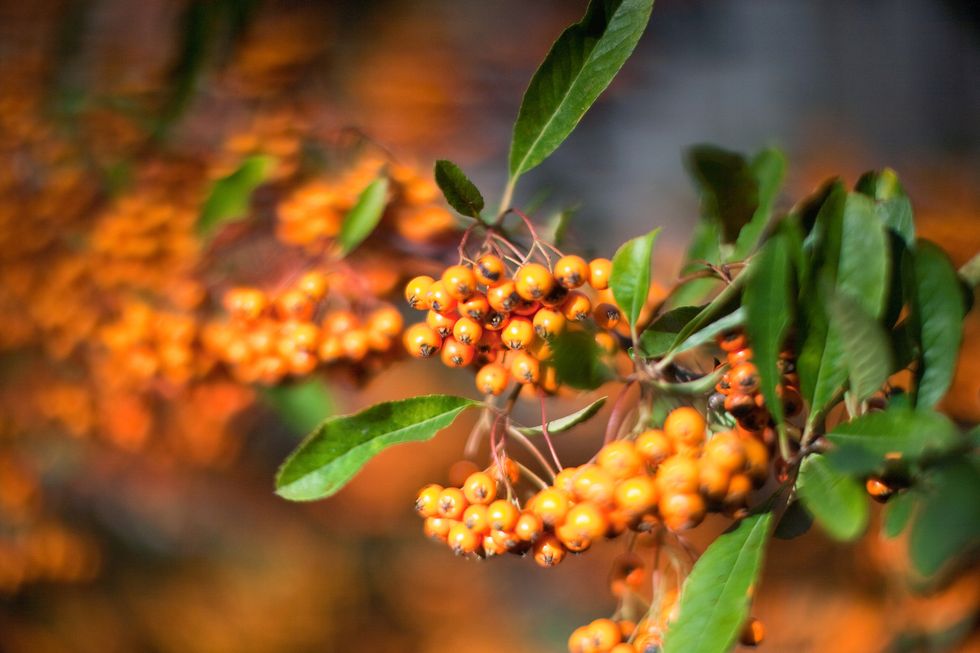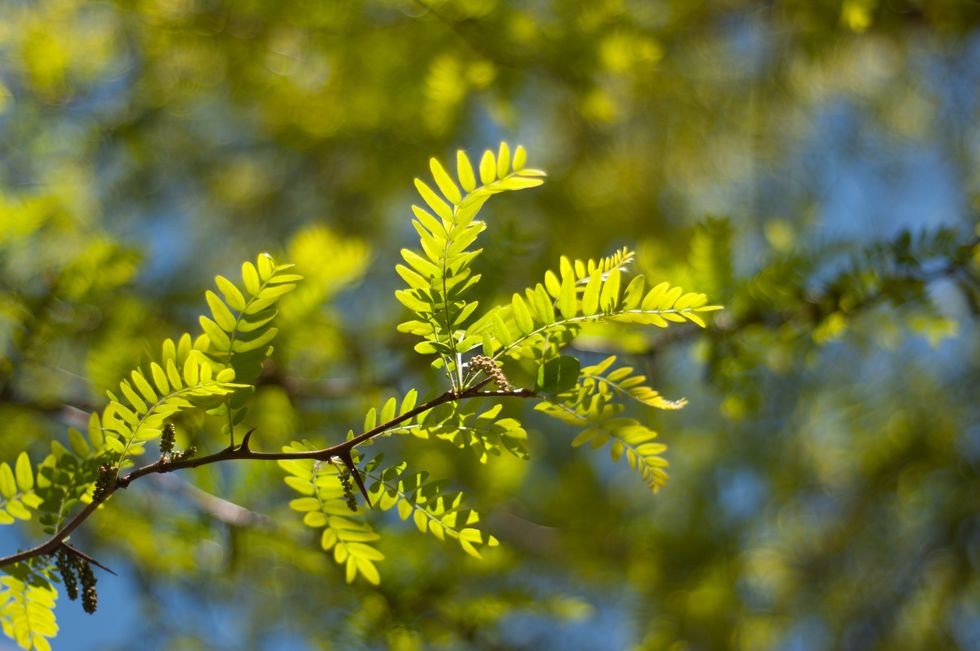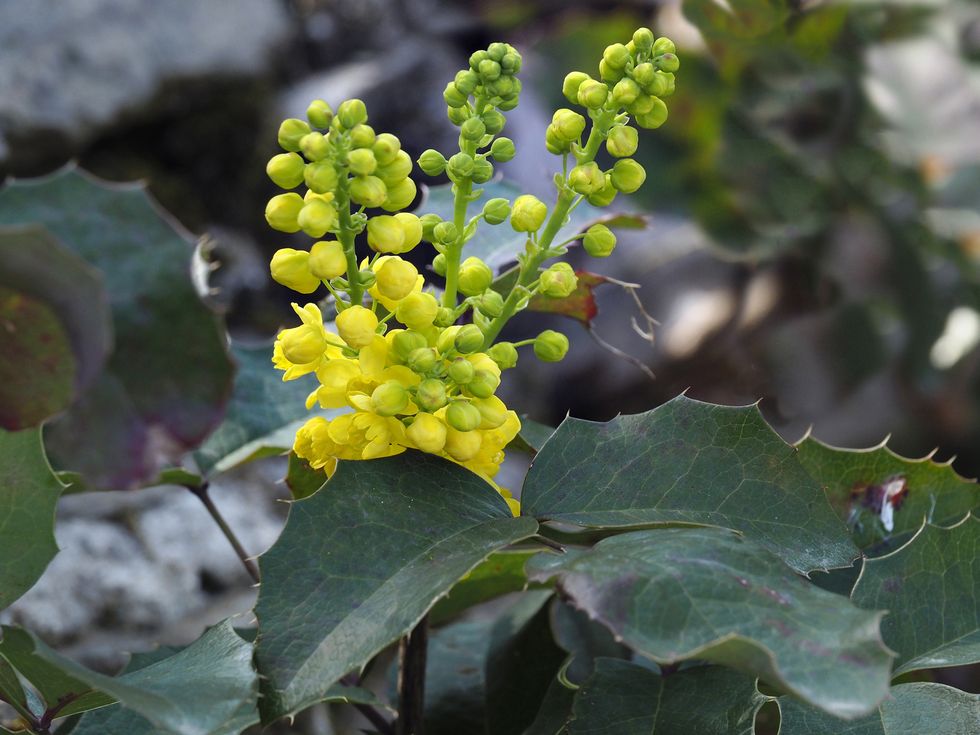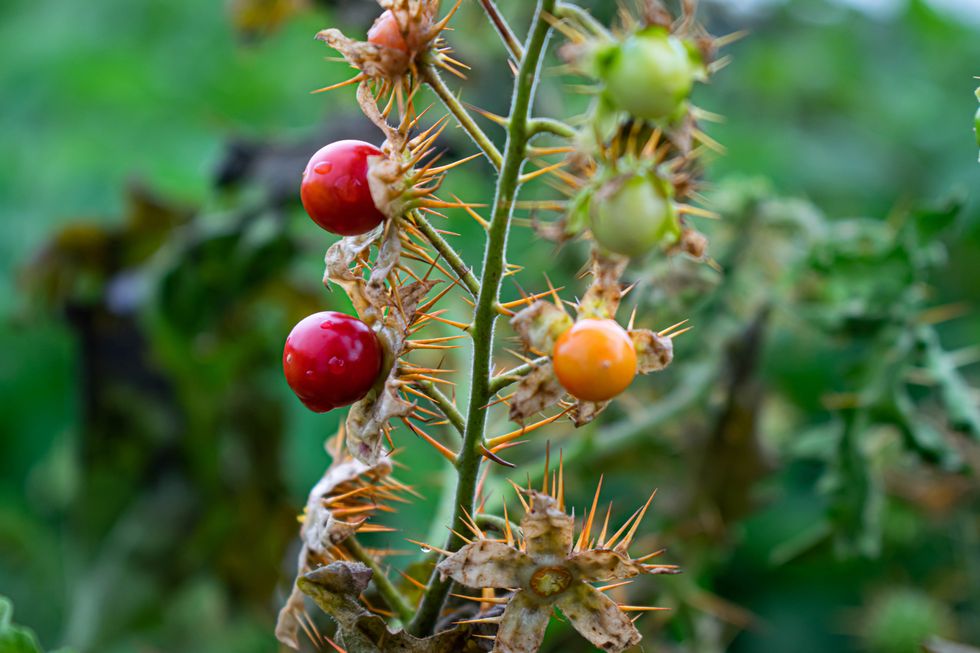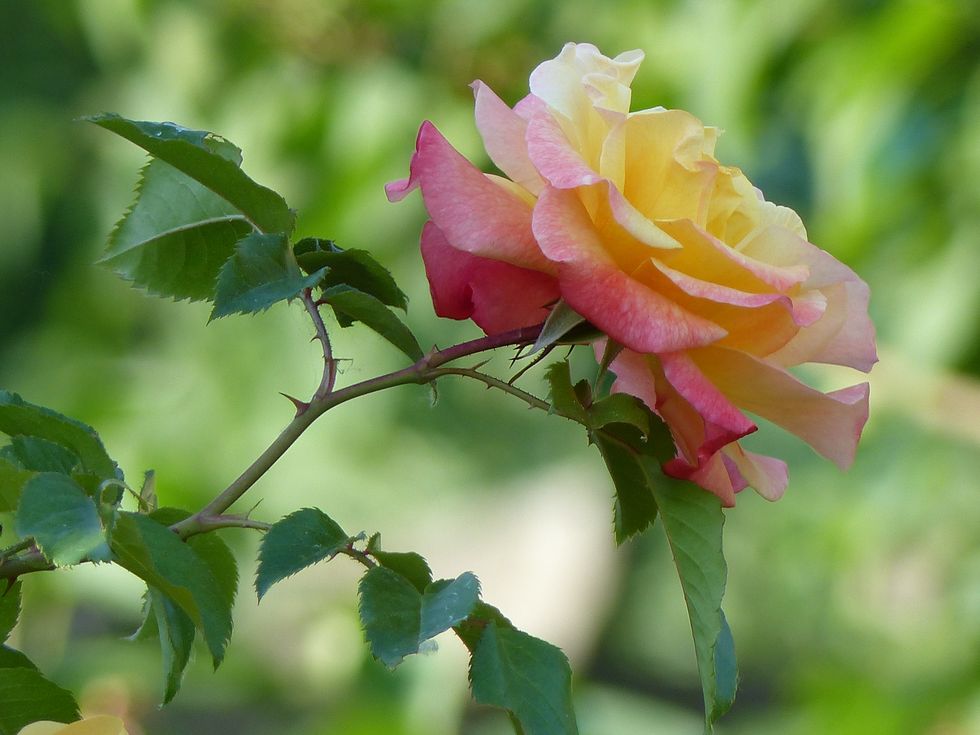These Are 11 of the Prickliest Plants on the Planet
Some of them are beautiful. All of them draw blood.
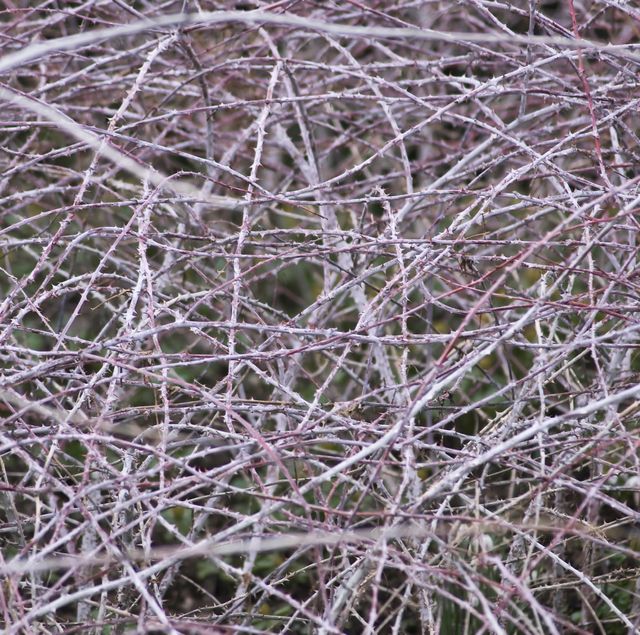
Plants have evolved all sorts of wickedly clever defense mechanisms, and the most primal—and effective—are thorns, prickles, and spines. Spiky plants can be a hassle for maintenance and pruning, but when it comes to your personal home security, these masters of pain handily defend property lines and first-floor windows.
🌳Nature is the best. Let's explore our world together.
As a bonus, most of these thorny plants trick themselves out with delicate blossoms in spring and colorful berries in fall. They're tough and hardy across many growing zones, and those that are shrub-like can be pruned into impenetrable hedges. This helps keep any home from looking like a maximum-security complex.
If you have kids or animals, these thorny bushes and plants may not be the plants for you. But for many, it's a more elegant solution than an unsightly barbed-wire fence.
More from Popular Mechanics:
Watch Next


Earth’s Magnetic Field Is 3.7 Billion Years Old

Covering Fields in Concrete Could be a Good Thing

Does This Evidence Proves Life is a Simulation?

The Overlooked, Powerful Role of Inorganic Carbon
